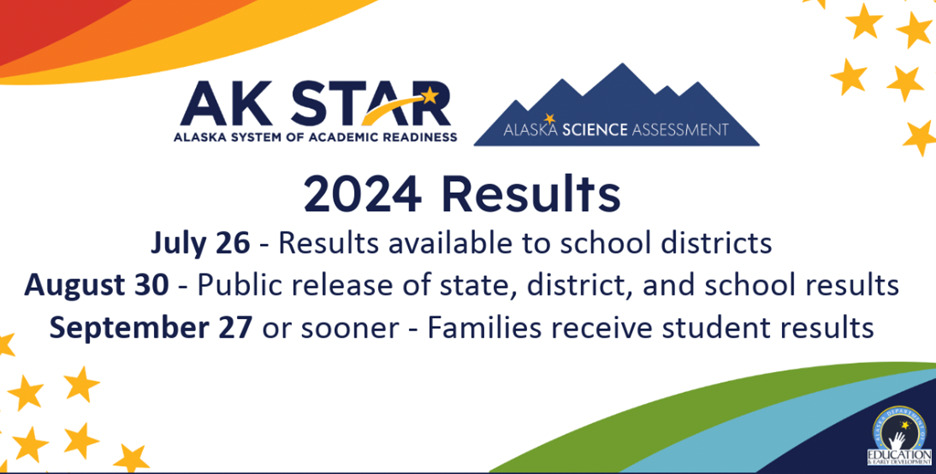Welcome to Fall, the season of football, pumpkin spice lattes, and finally seeing your child’s results from state tests they took last Spring.
Wait, what?
For the last few years, I’ve been tracking when states release their test results to the public.* In 2022, I wondered if maybe COVID was playing a role in some state delays. After 2023, I saw signs of a trend. And now in 2024 there’s a clear pattern emerging. There are three distinct groups.
The first group are the fast ones. Six states—Florida, Tennessee, Texas, Indiana, Louisiana, and Georgia—all released their results before August this year, and these states have been consistently fast across all three years. They are the dots at the far left of the graph below.
Then there’s a broad middle. This year, 11 states released their results in August, and 7 more have so far this month. But that leaves 27 states that had not released their results as of late last week.

Finally, there are two states that have been consistent laggards. Vermont and Maine were the slowest states in 2022, and they were again the slowest in 2023. Maine didn’t even issue a press release when its results came out; they updated their website but as far as I can tell didn’t tell anyone about it.
Now, I must include my usual caveat that the dates I’m reporting here reflect the day when states release their results to the public. Some states share earlier, preliminary data with parents and educators on a private basis. For example, as a parent in Fairfax County, Virginia, I was able to see my child’s state test results at the end of last school year.
However, this is far from a standard practice. More commonly, the results trickle down in a game of telephone from the state… to districts… to schools… and finally to parents and other caregivers. For example, the chart below shows the timeline that Alaska published on its testing website. Note the sequence here: It shares private data to school districts, then it releases results publicly, and a month after that it finally gives the results to families.

Prioritizing school districts gets the order of operations backward, in my opinion. Speed matters to all groups of stakeholders, but parents should at the top of the list. Not only are we talking about their own children, but parents are also more equipped to actually do something with the results. If they hear their child is struggling, and get that information quickly, they can make different decisions about how their child should spend their summer or, heaven forbid, if they need a new school the next year.
The public reporting should still be quick, but it’s not as important to do fast.
As I noted in the spring, state legislators should take the lead of Ohio in fixing this problem. Last year, they passed a new rule providing parents their child’s state exam results no later than June 30th of each year. Other states should consider similar rules to speed up their timelines and get results back to parents as quickly as possible.
*Special thanks to Ally Shepherd Ahlers and Michelle Austin from GMMB for helping me track down the data.

